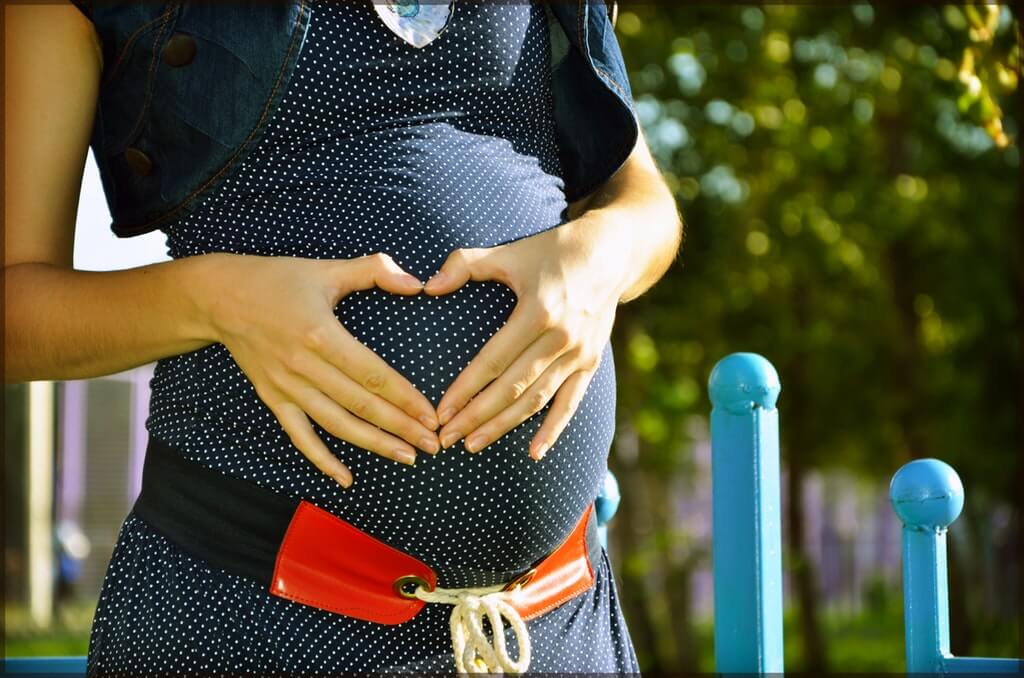ZIMSEC O Level Combined Science Notes: Pregnancy
- The vagina receives an erect penis during sexual intercourse
- During sexual intercourse, sperms are ejaculated into the vagina
- There they begin to swim up to the oviducts
- If an ovum is released at this time it may be fertilised in the oviduct
- Although many sperms reach the ovum only one will fertilize it
- A membrane barrier is formed around the ovum to after fertilization to prevent other sperms from fertilising it
- The male and female nuclei join to form a zygote

Pregnancy at 40 weeks
- This zygote grows into an embryo
- The sperm and ovum contributes 23 chromosomes each
- Chromosomes carry genes which determine the genetic structure of the child
- The zygote which is formed after fertilization starts to divide and soon becomes a ball of cells
- which moves down the oviduct towards the uterus
- It implants itself in the prepared lining of the uterus
- The developing embryo/foetus later develops a placenta
- The placenta separates the mother’s blood from that of the developing baby
- Substances including carbon dioxide, oxygen and food diffuse in and out via the placenta
- These substances pass through the umbilical cord which connects the placenta to the developing foetus
- The embryo develops organs such as a heart and blood vessels
- At about 10 weeks the human foetus can be easily recognised with fingers, ears, toes and eyes
- A bag called the amnion grows around the foetus
- It is filled with amniotic fluid
- This fluid protects the baby from its mother’s bumps and falls
- The gestation period in humans is approximately 280 days/40 weeks/9 months
To access more topics go to the Combined Science Notes page




